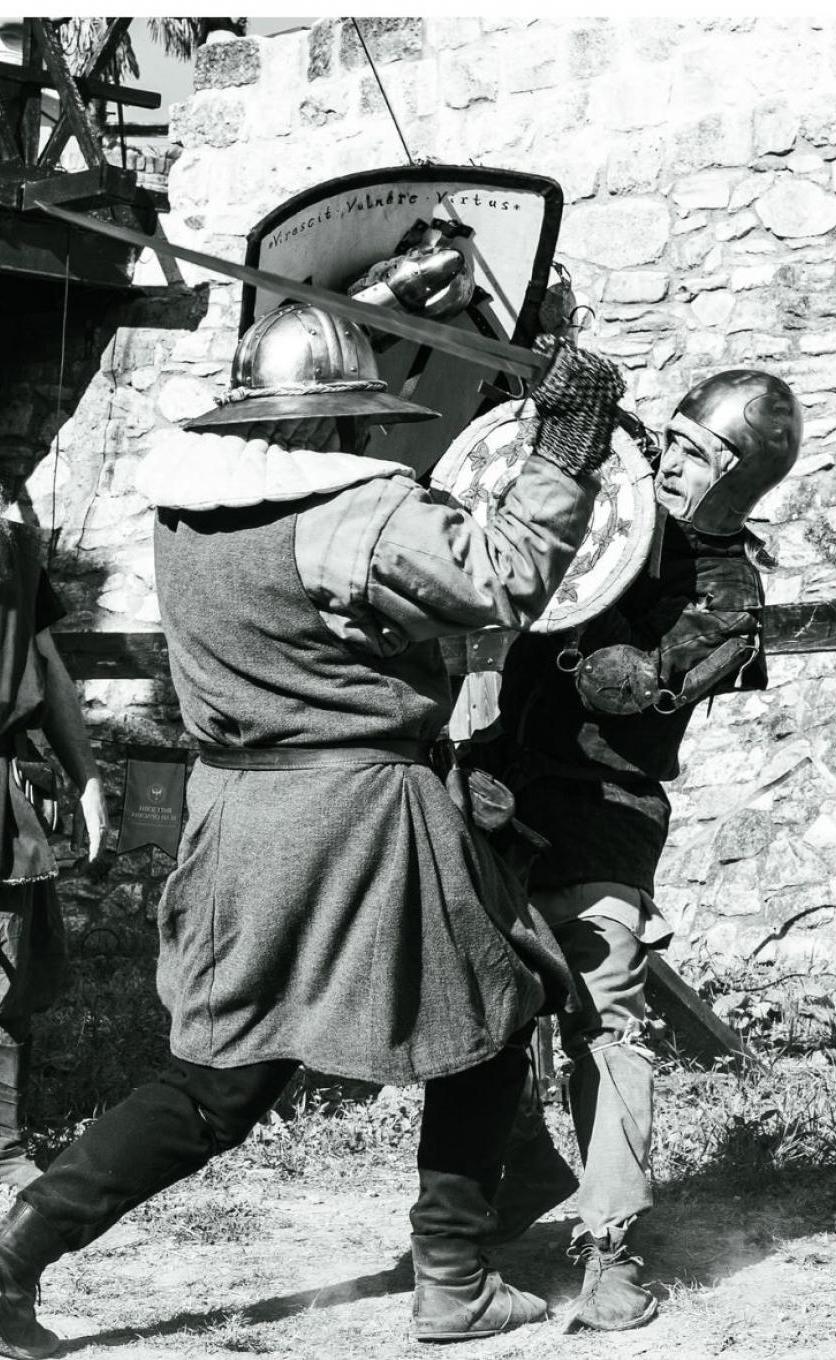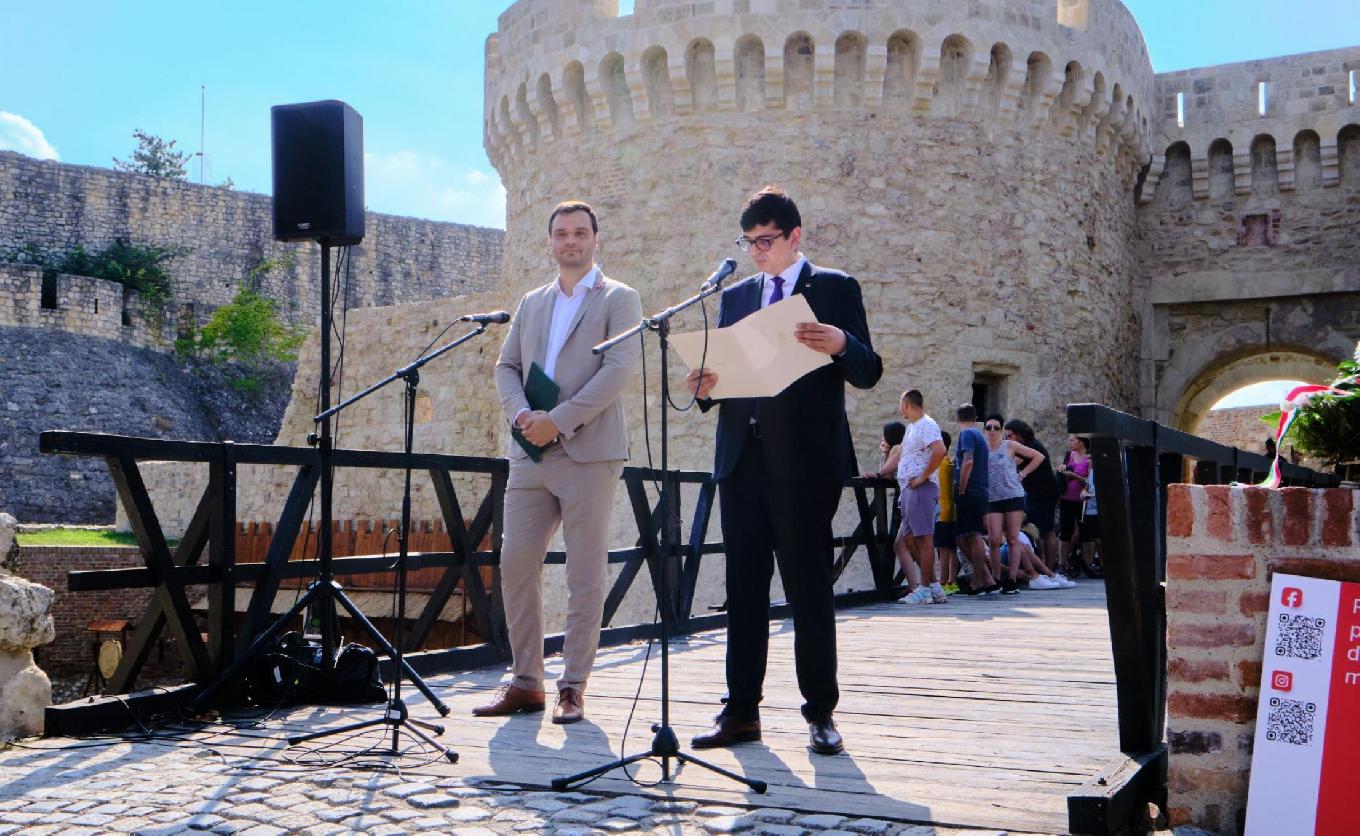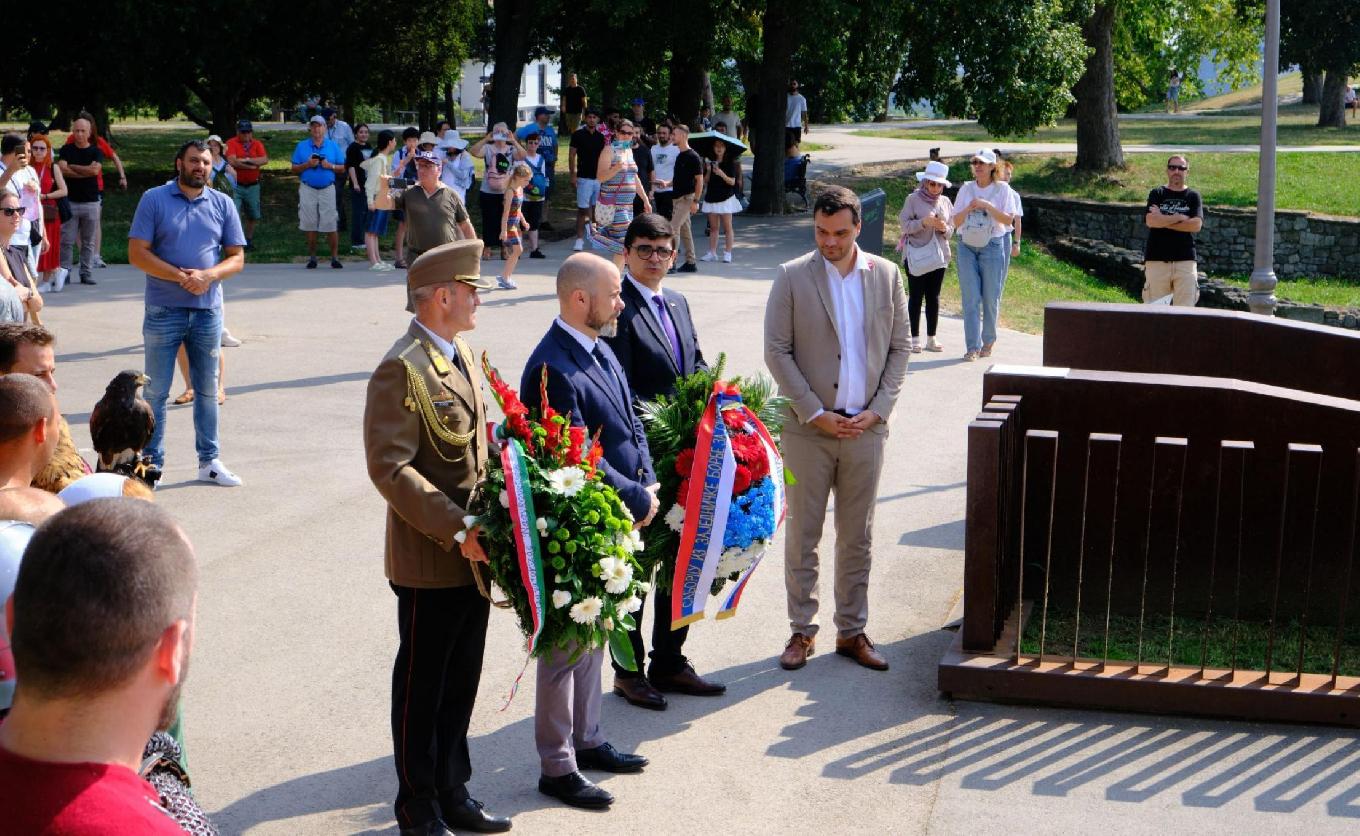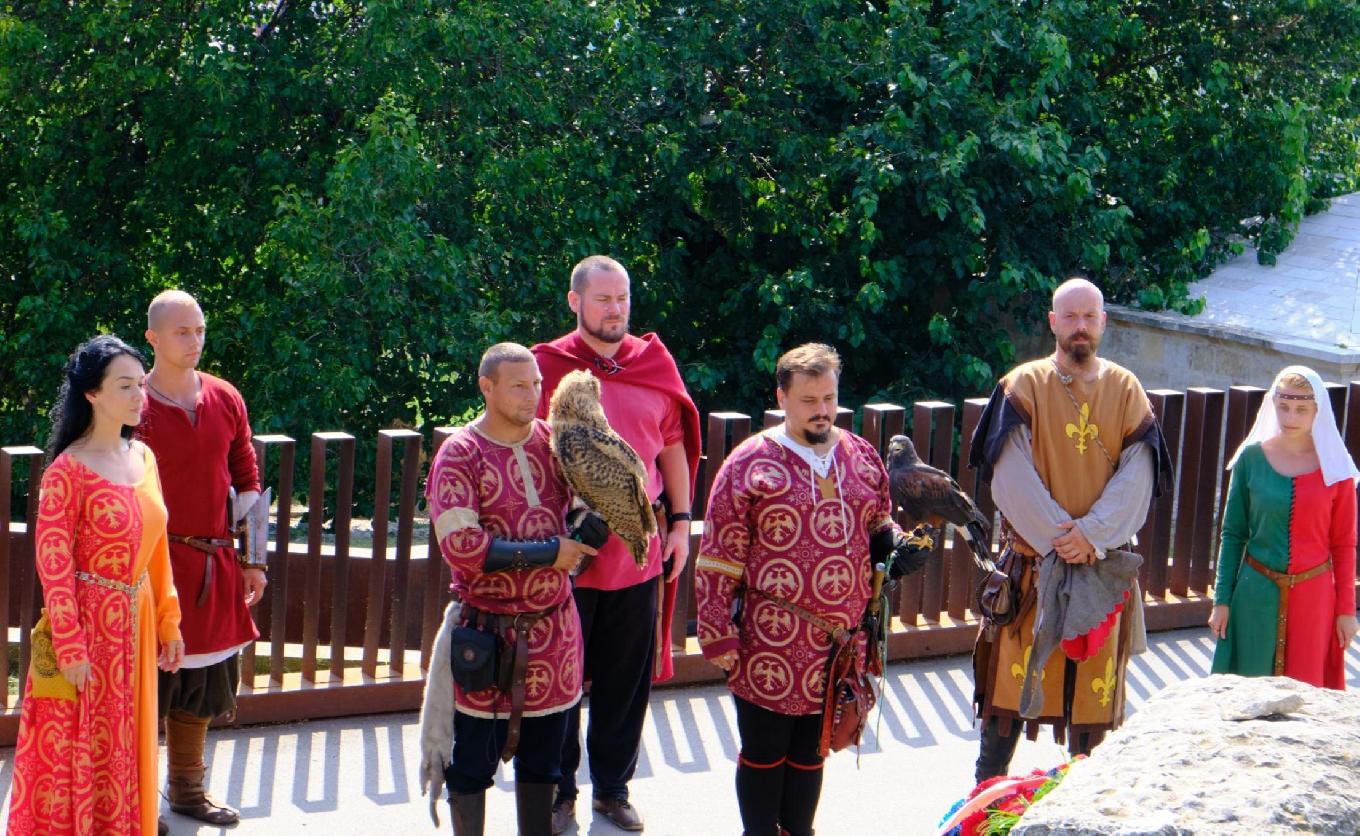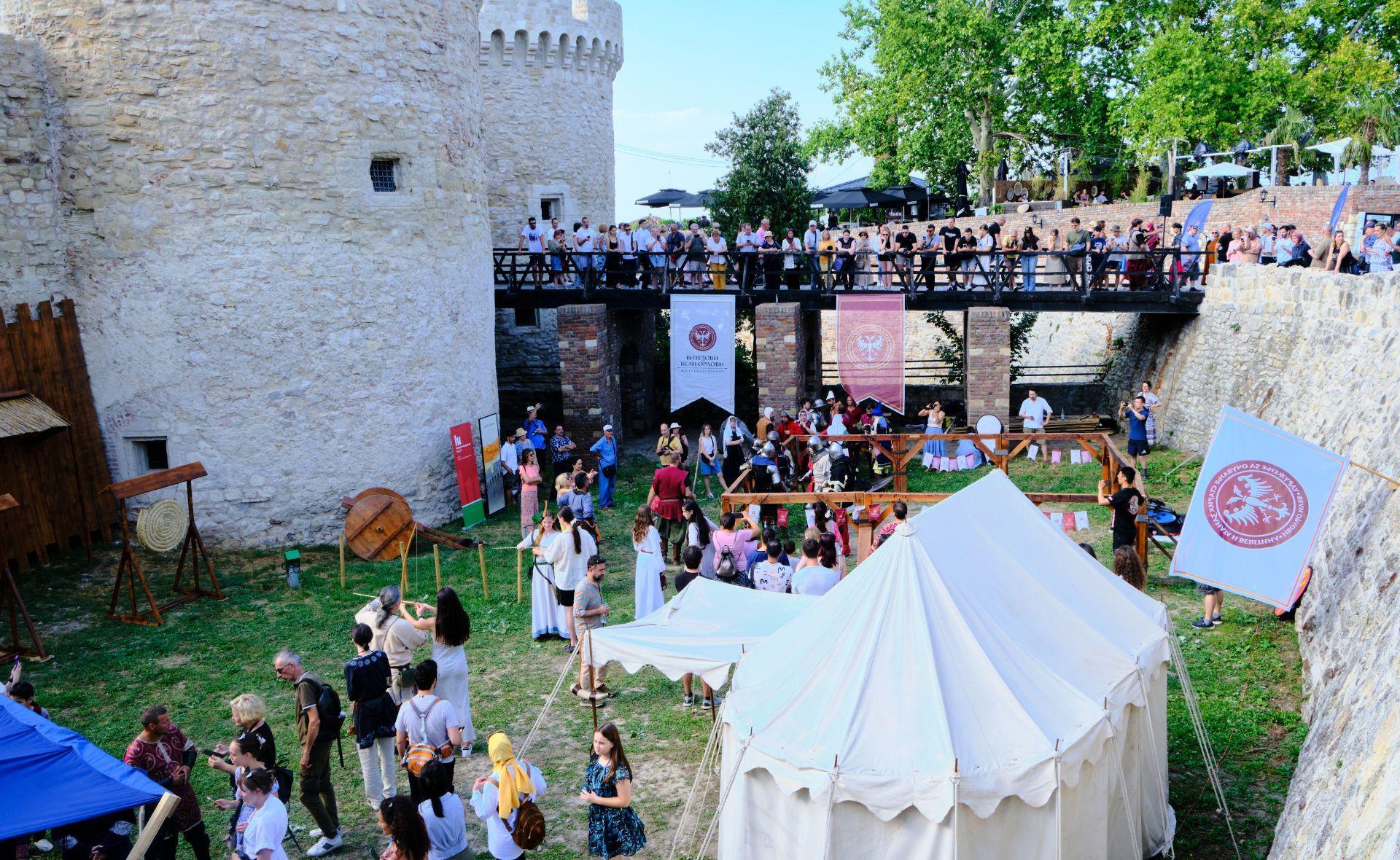
The Legacy of Janos Hunyadi Commemorated with a Festival in Belgrade
This year, the Janos Hunyadi - Sibinjanin Janko Festival was organized for the first time in Belgrade, jointly by the Collegium Hungaricum Belgrade and the Ministry of Culture of the Republic of Serbia. The goal of the event was to create a shared platform where Hungarians and Serbians can commemorate their common history and strengthen their brotherly ties.
"Our aim is to convey a living history and also learn a bit more about this great event that Hungarians and Serbians can jointly celebrate on this day," said Robert Kaszab, the director of the Collegium Hungaricum, in an interview with Pannonrtv.com.
The festival was organized to honor the memory of Janos Hunyadi, also known as Sibinjanin Janko (as referred to by the Hungarian poet Janos Arany), who was a highly respected military commander among both Hungarians and Serbians. He was the one who successfully defended the Nándorfehérvár (today's Belgrade) fortress against the army of the Ottoman Sultan Mehmed II in 1456. This battle prevented the further expansion of the Ottoman Empire in the Balkans and bought time for the Hungarian and European forces to prepare for the next attack. The victory at Nándorfehérvár thus became an important milestone not only in Hungarian-Turkish relations, but also in the history of Hungarian-Serbian cooperation. The unity and perseverance of the Hungarian and Serbian peoples played a crucial role in the successful defense of the fortress.
The event in Nándorfehérvár was opened by State Secretary Miomir Djordjević and Institute Director Robert Kaszab, who then jointly laid a wreath at the memorial of the 1456 battle. After the commemoration, visitors had the opportunity to learn about the crafts and martial arts of the era, with the participation of the Serbian Beli Orlovi (White Eagles) traditional preservers and the Hungarian St. Longinus Medieval Tradition Preservation Association.
Visitors could observe and try their hand at blacksmithing, calligraphy, falconry, and archery in the tents set up next to the fortress. In the central square, the tradition keepers of the two teams performed simulated duels, followed by a dance performance by the members of St. Longinus. The music was provided by the Hungarian Sonvivius Vappae ensemble, who played period melodies on bagpipes, dulcimer, and drums, and also performed a historical song about Janos Hunyadi.
Guided tours led by Eleonóra Szőke-Sztankovity allowed participants to explore the sites of the battle and the history of the fortress, deepening their knowledge of the historical period and Janos Hunyadi.
The program attracted thousands of visitors and may become an important annual festival, serving as a crucial platform for the two peoples to cultivate their shared historical memory.

